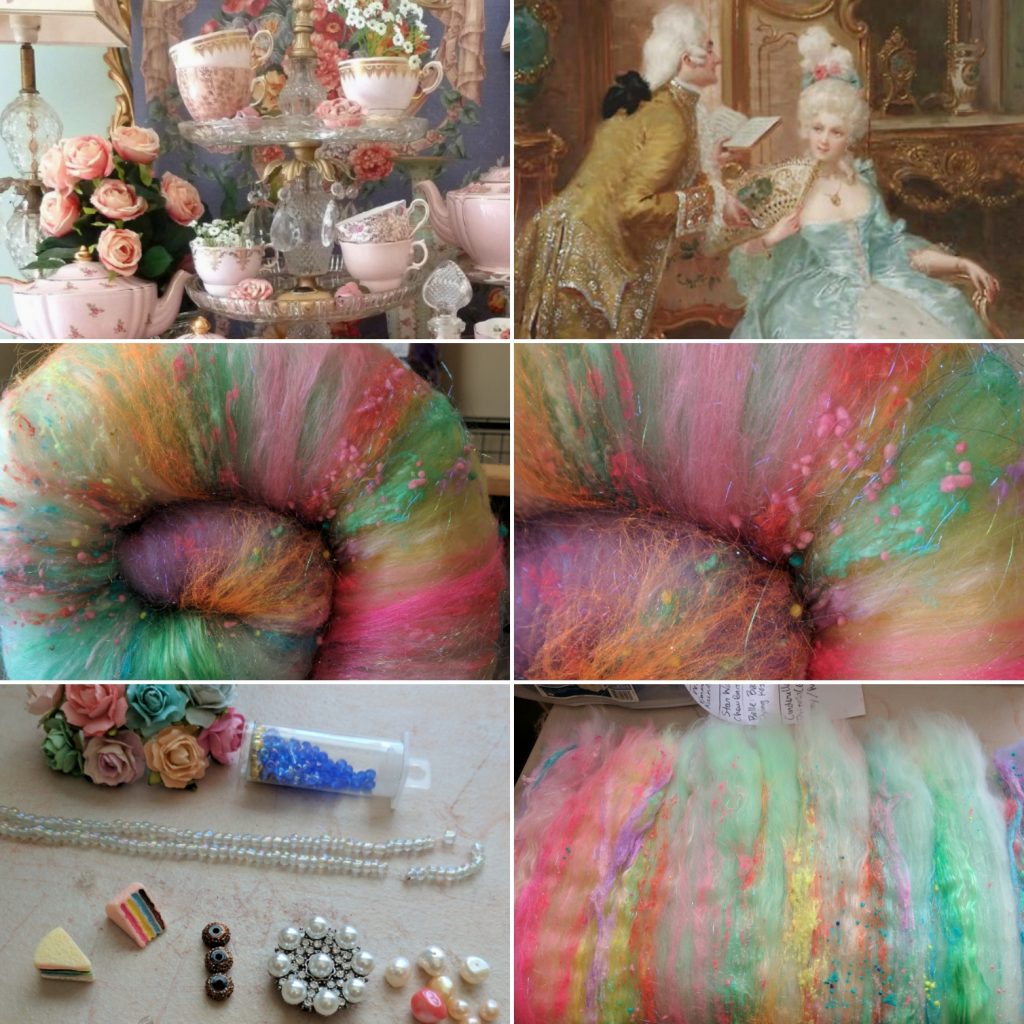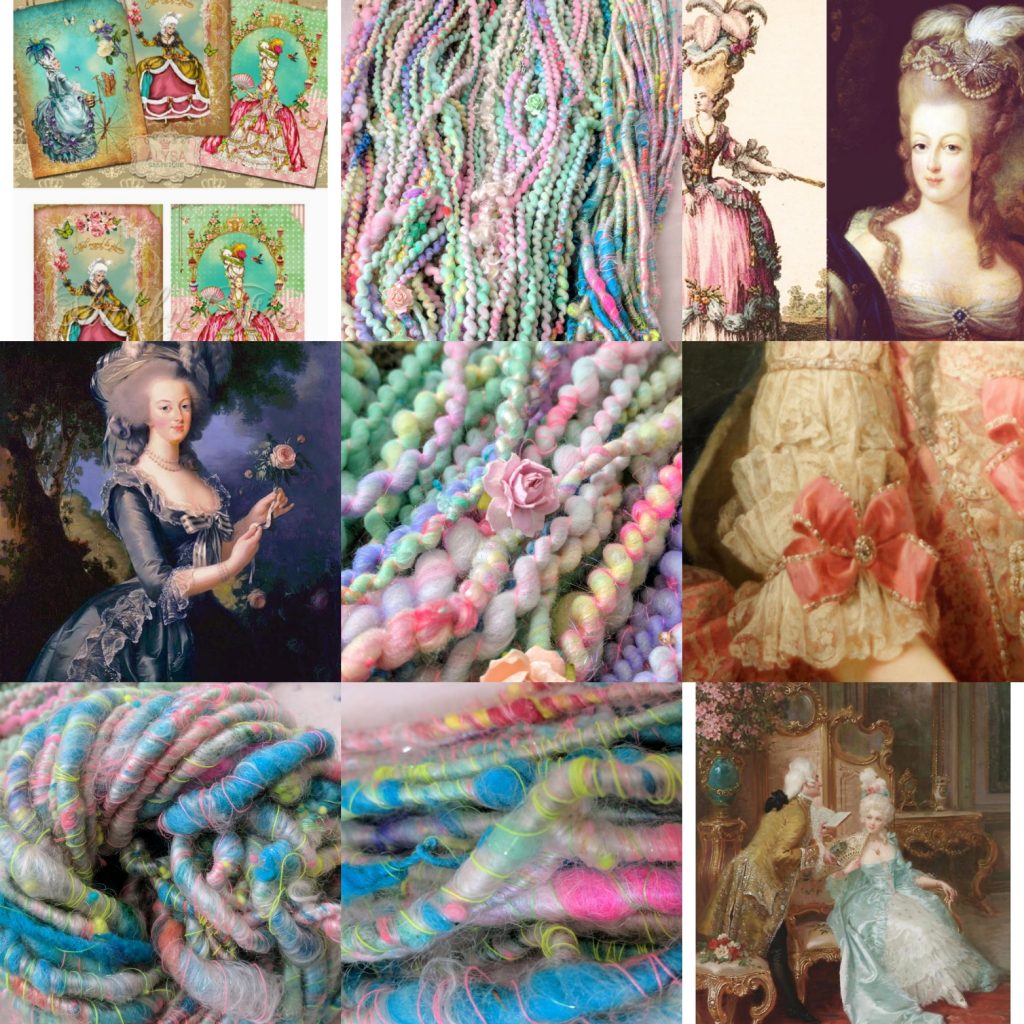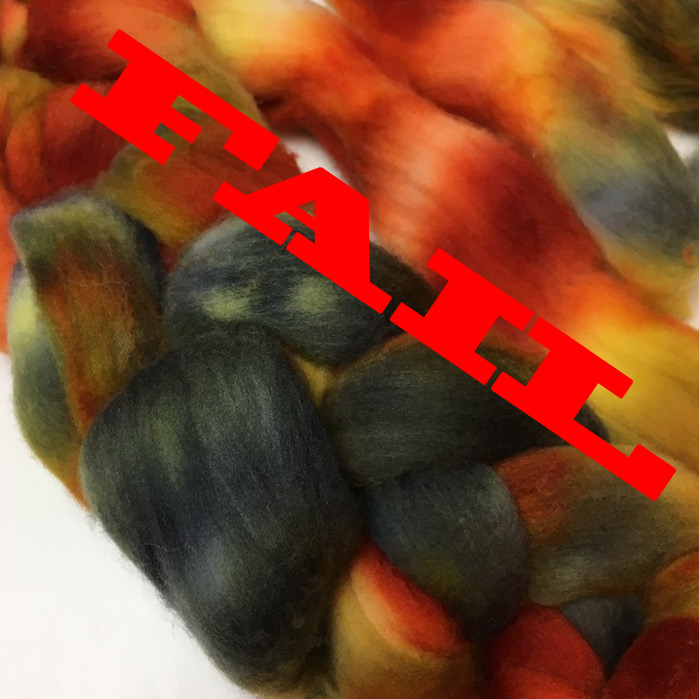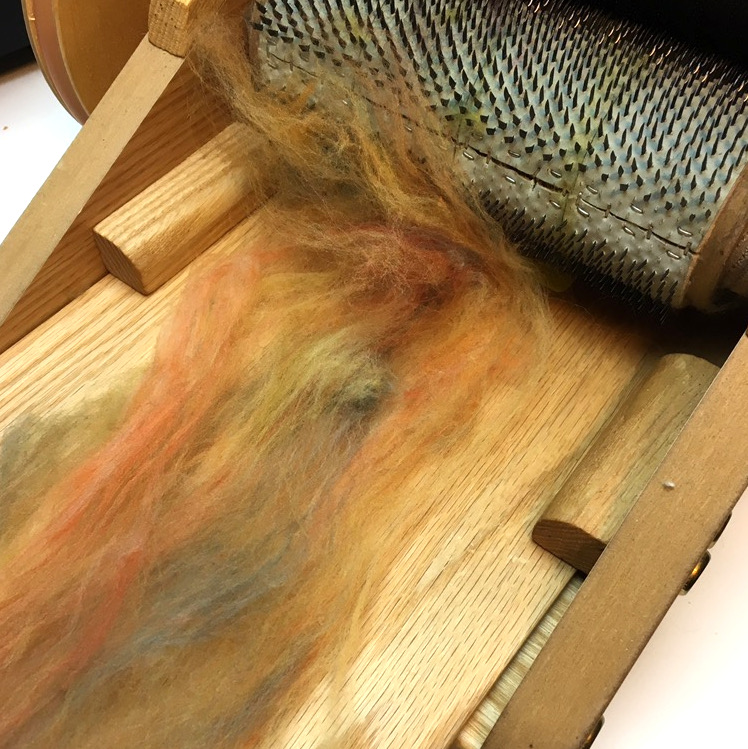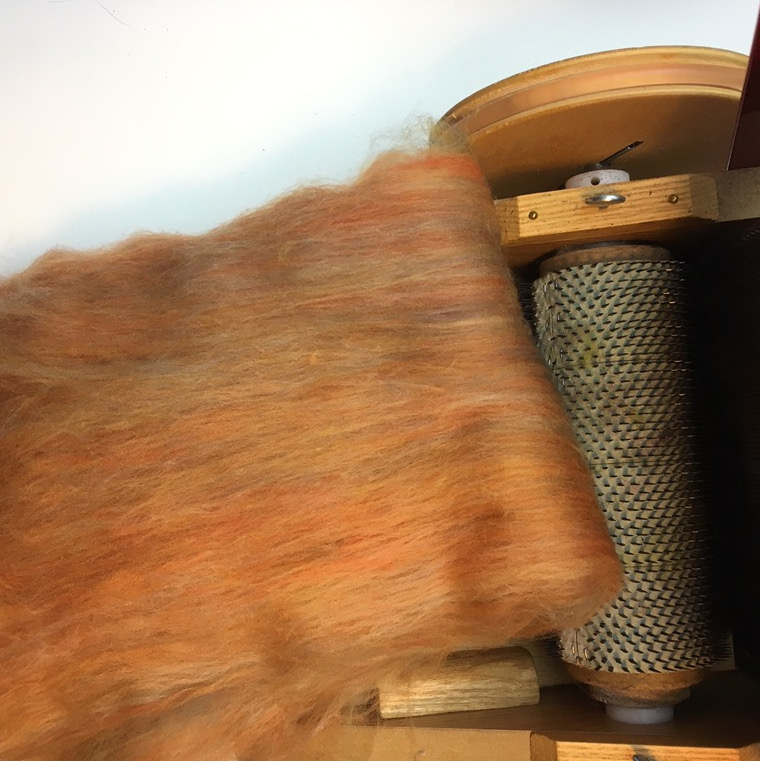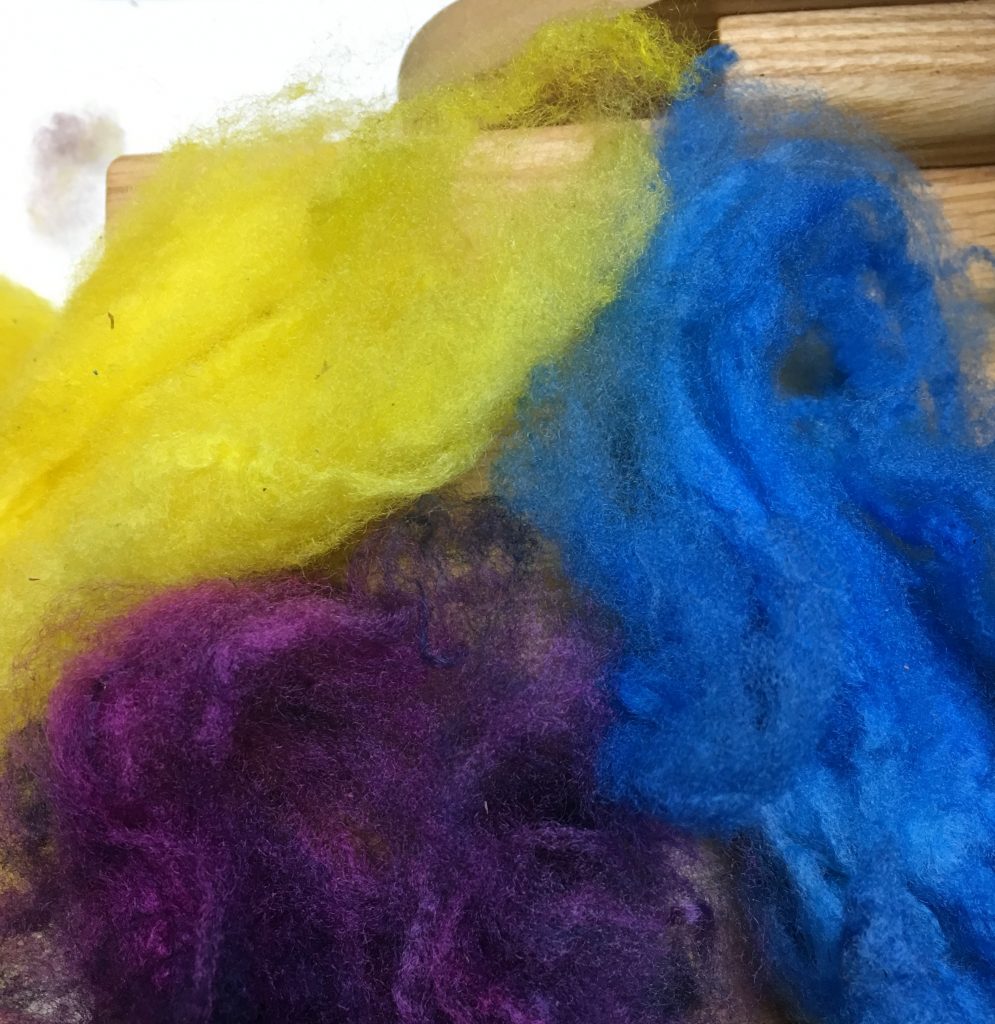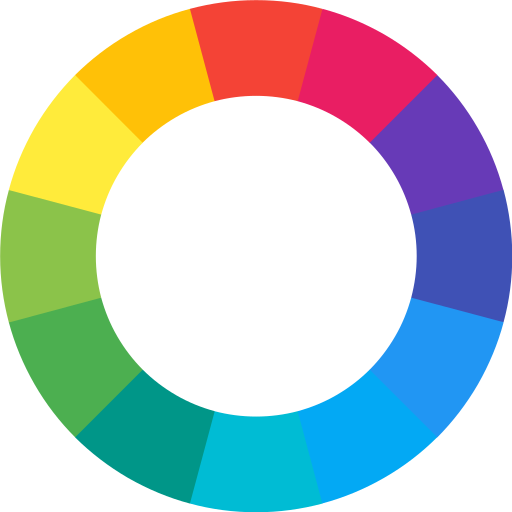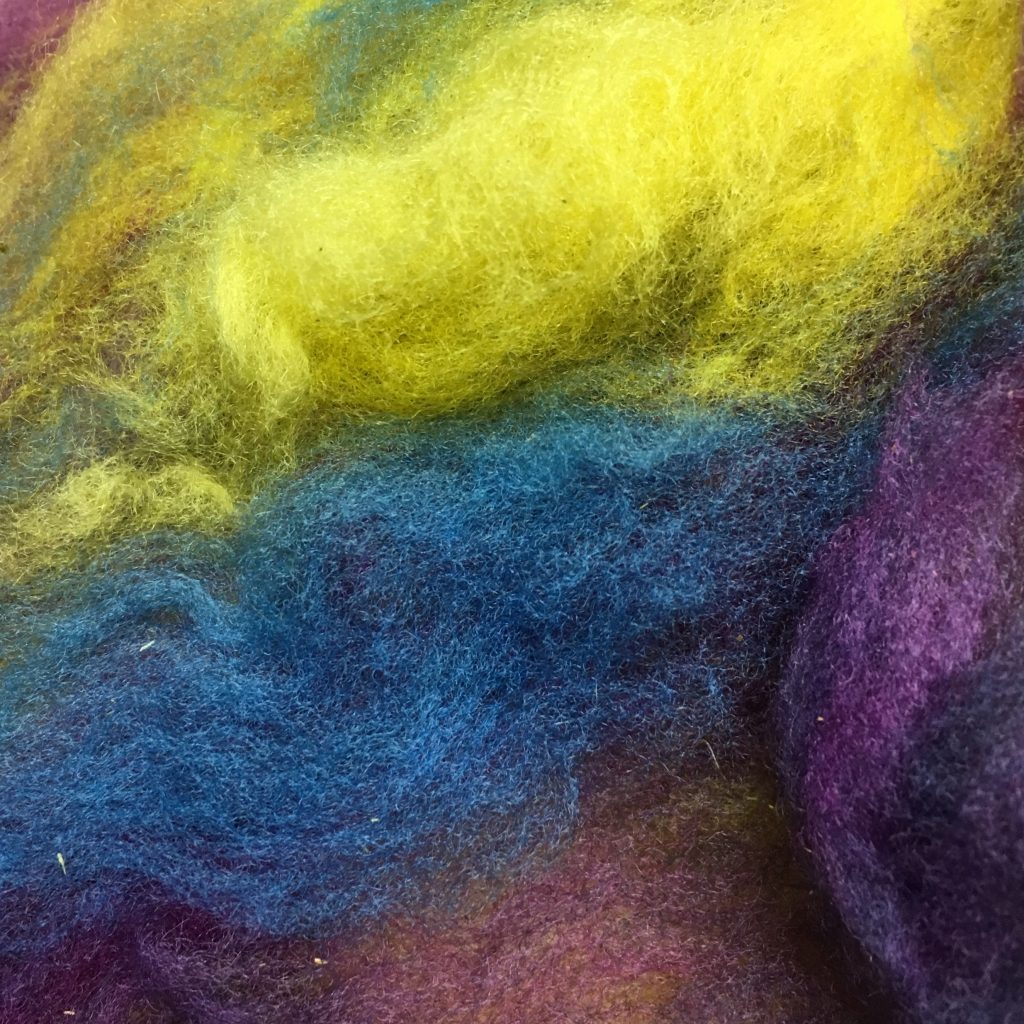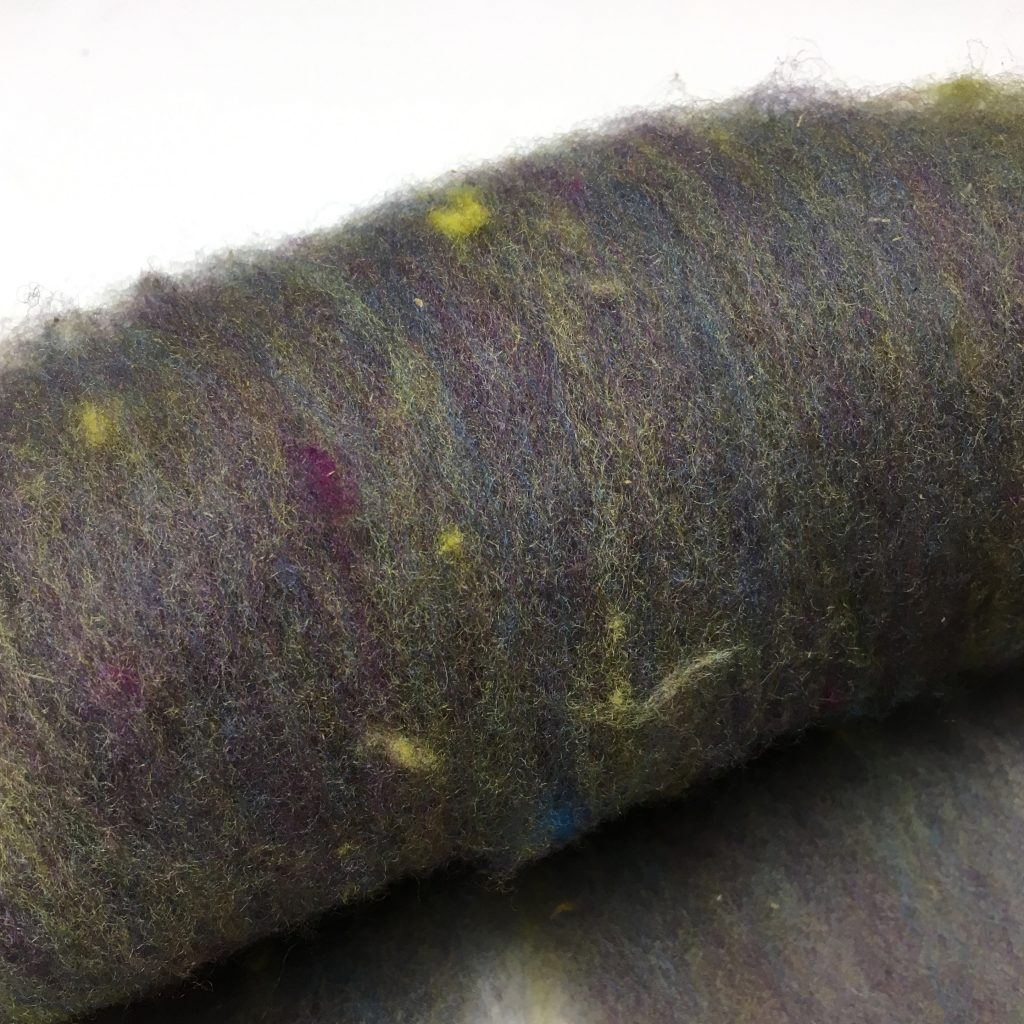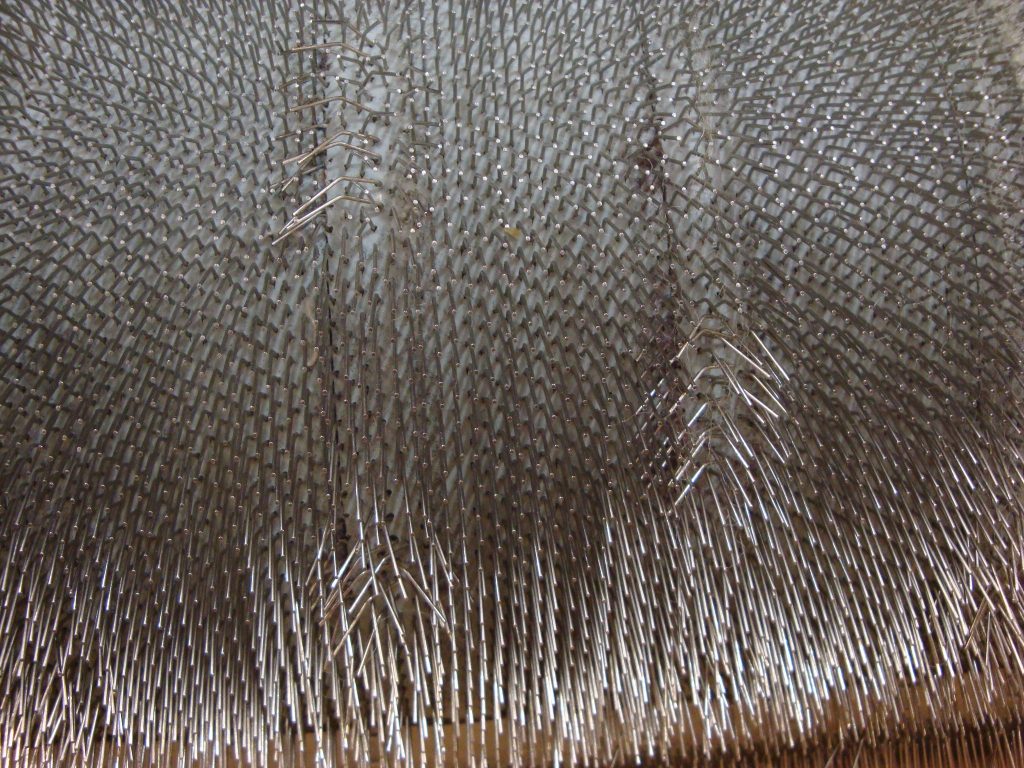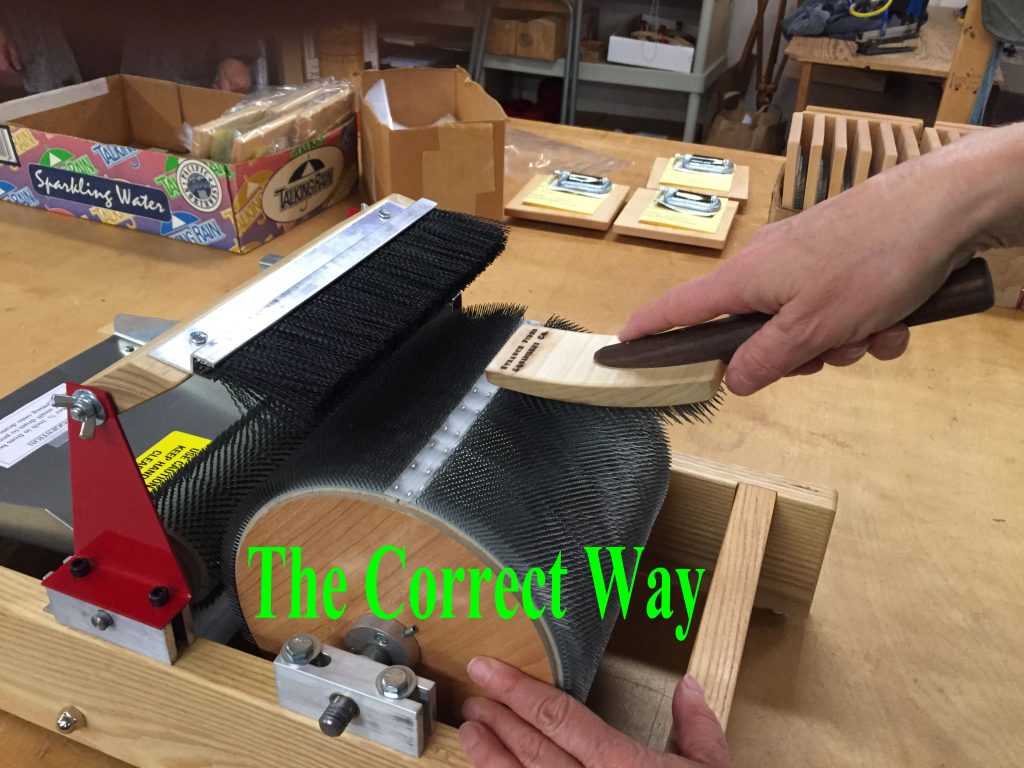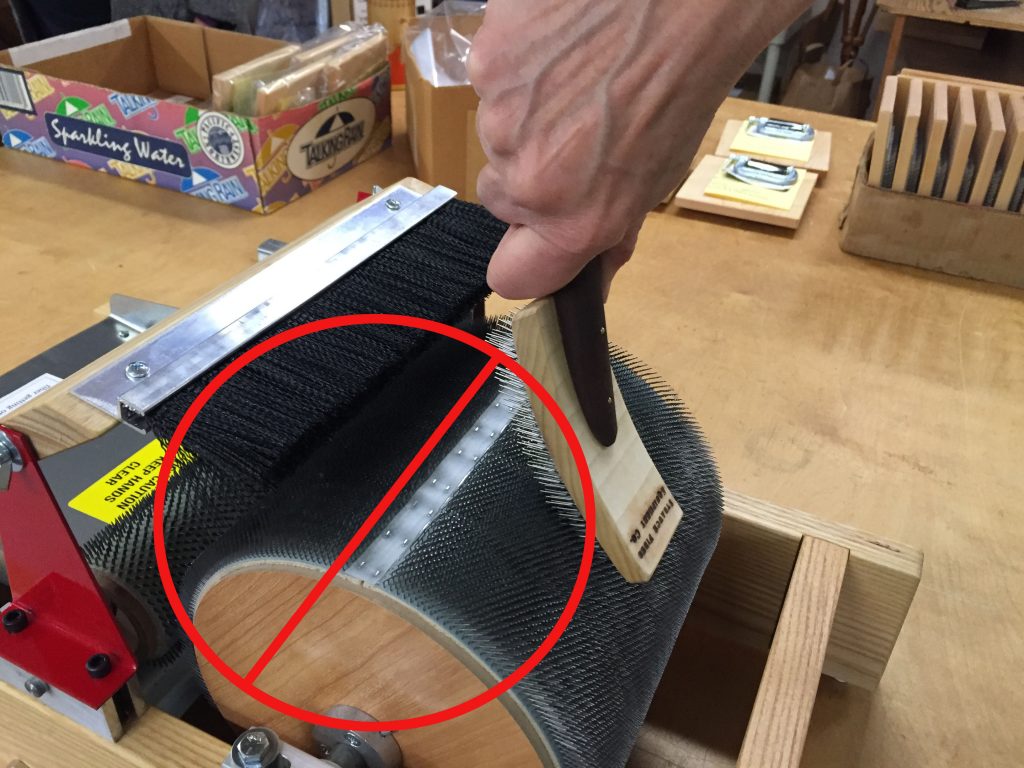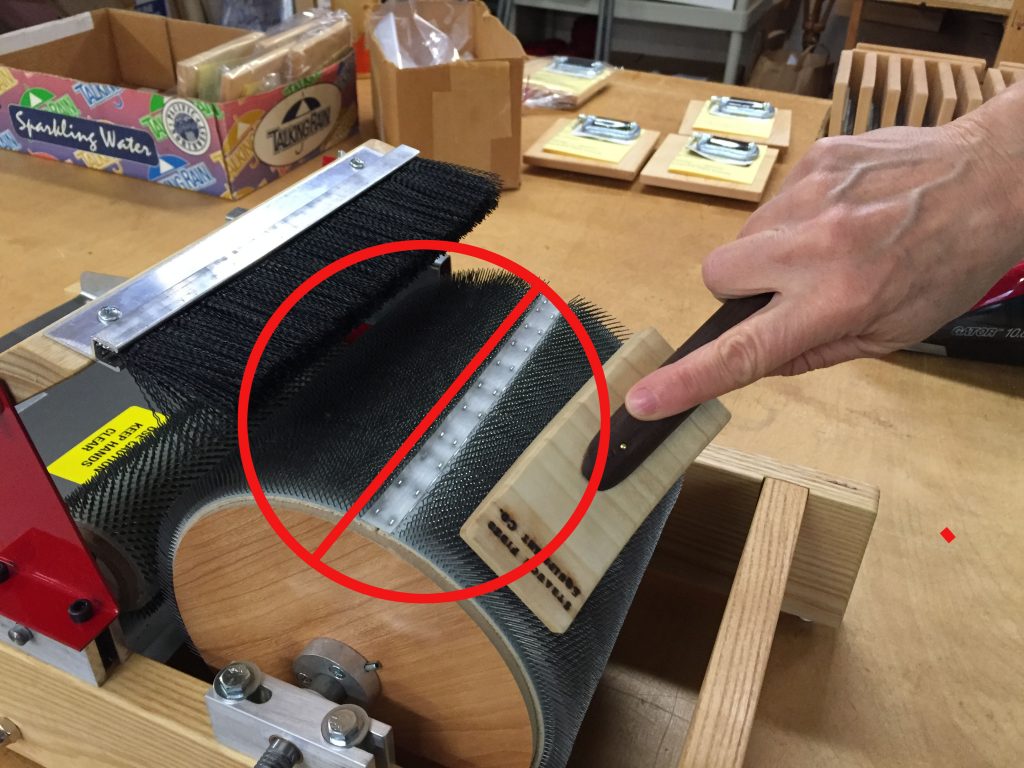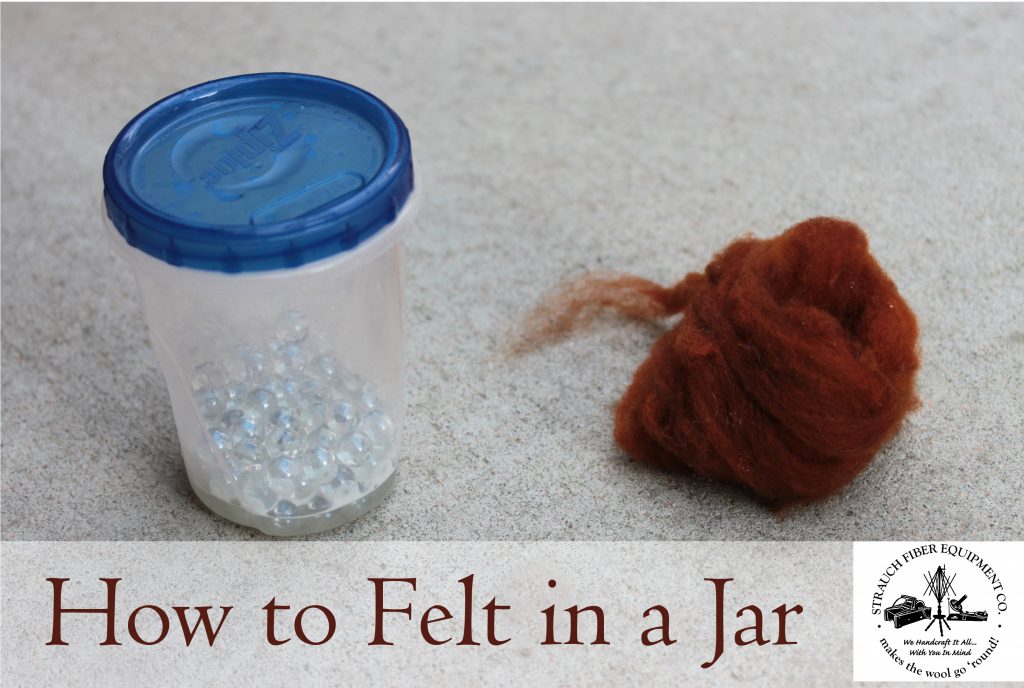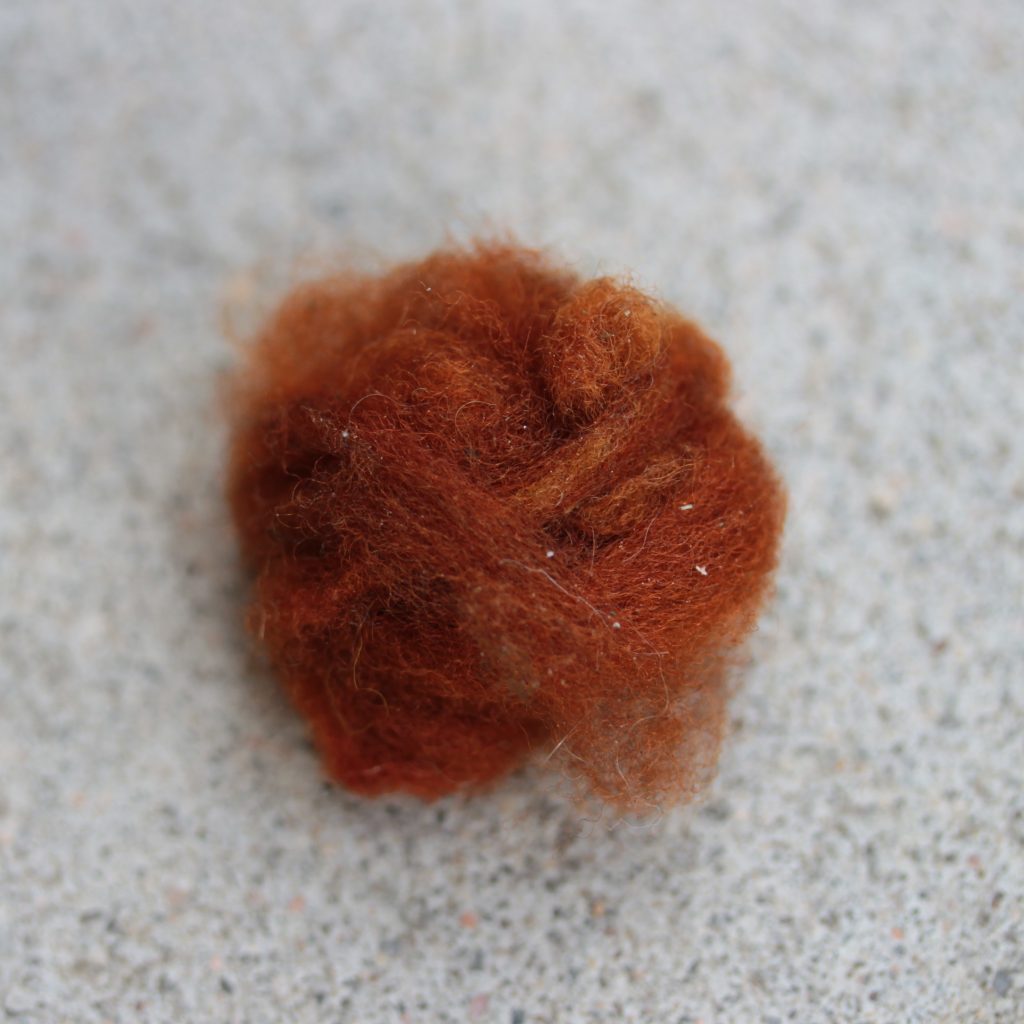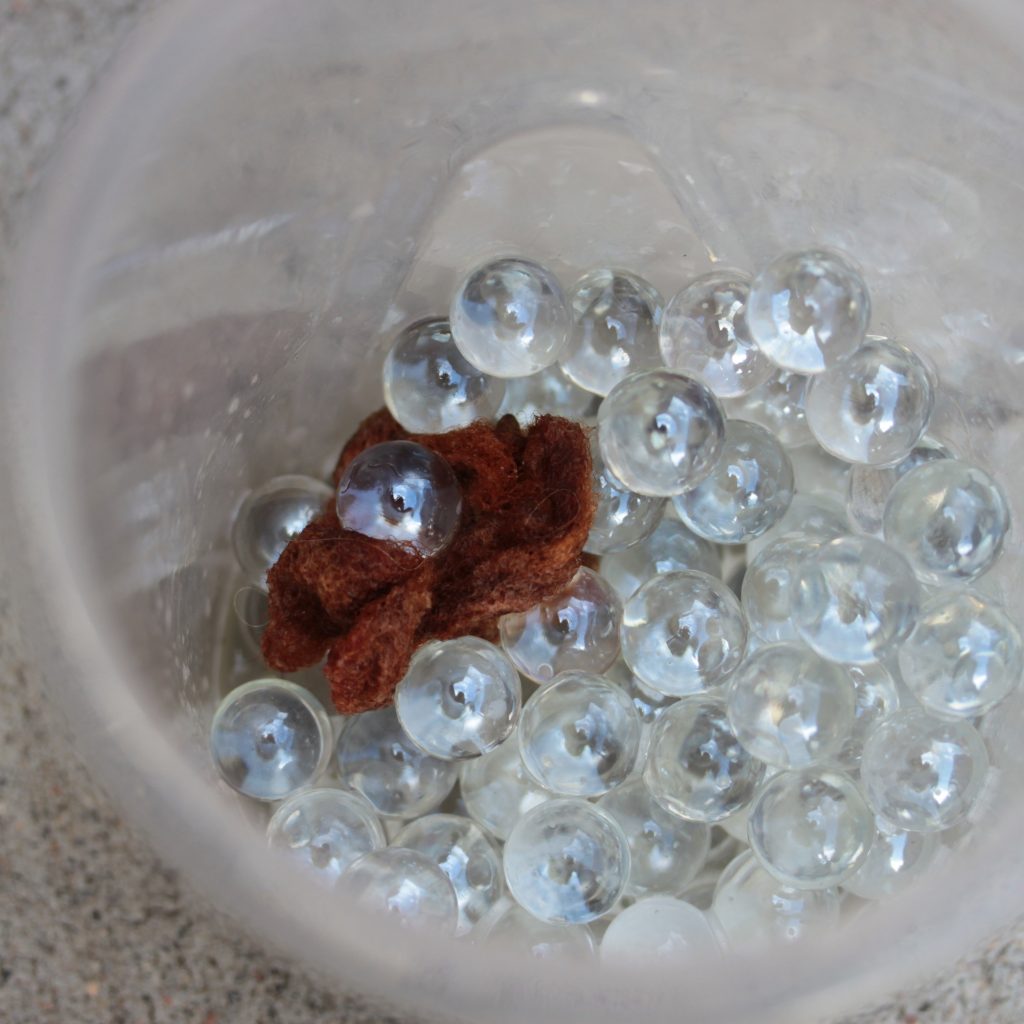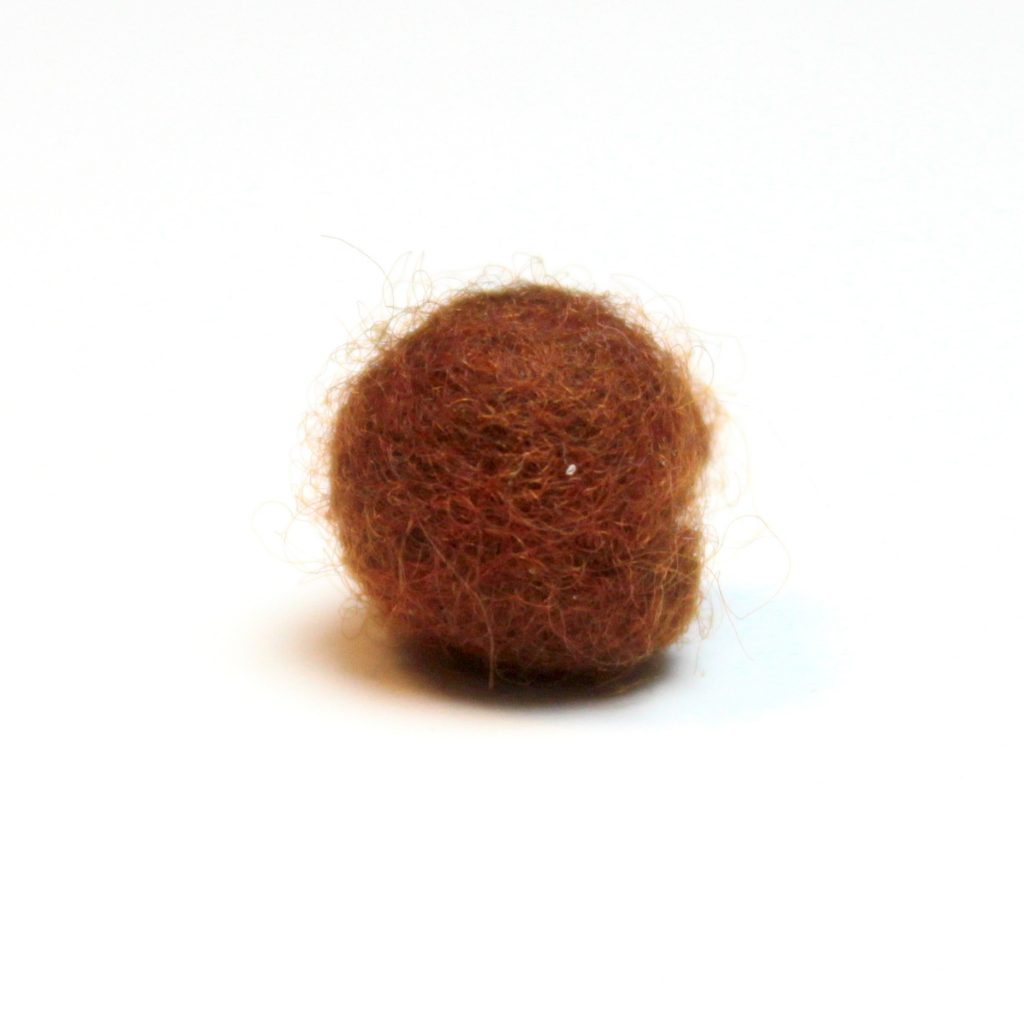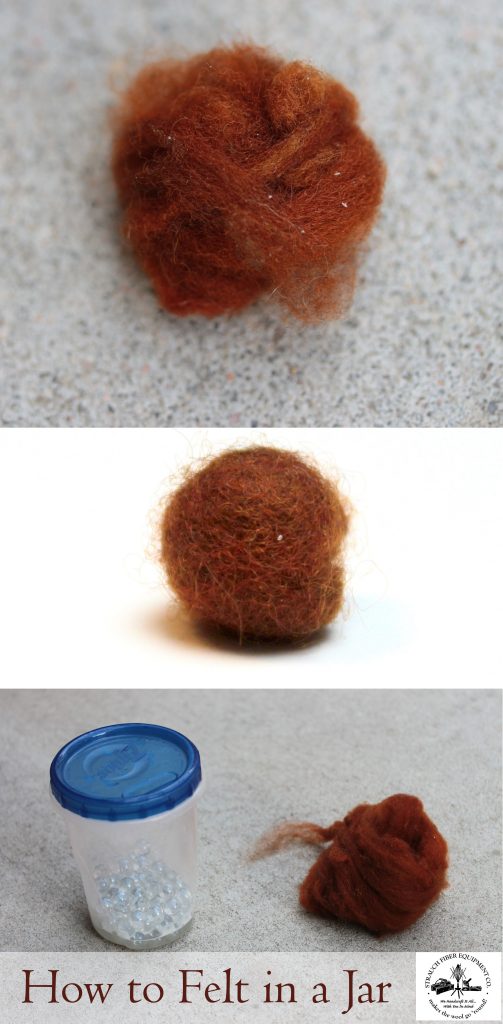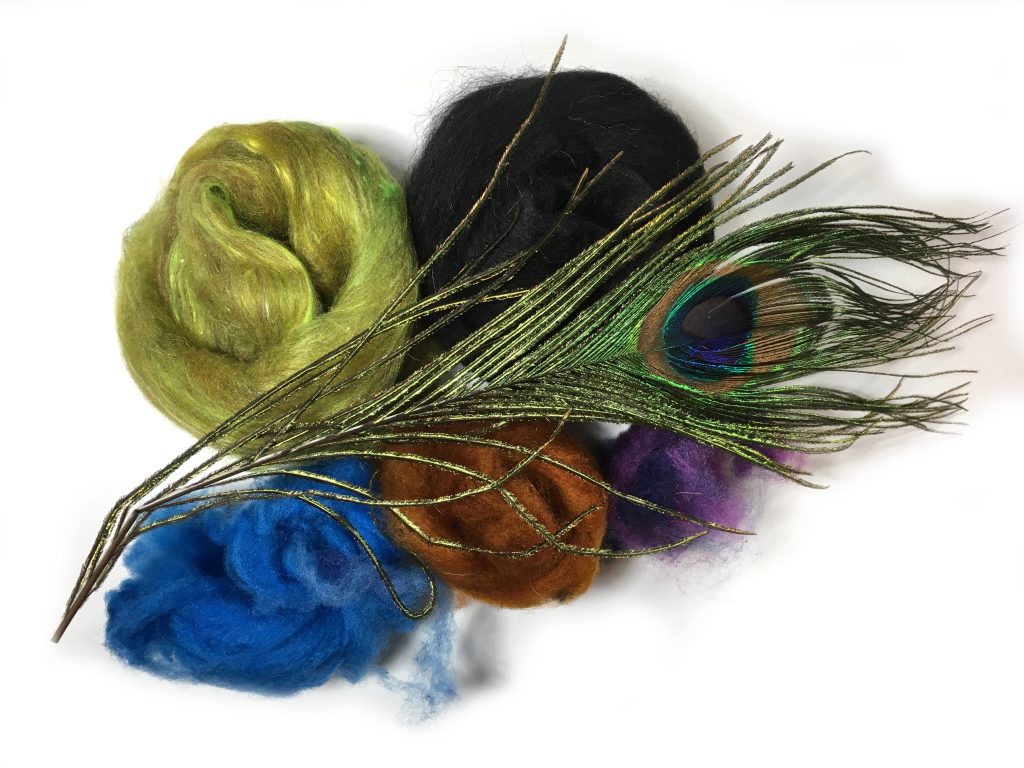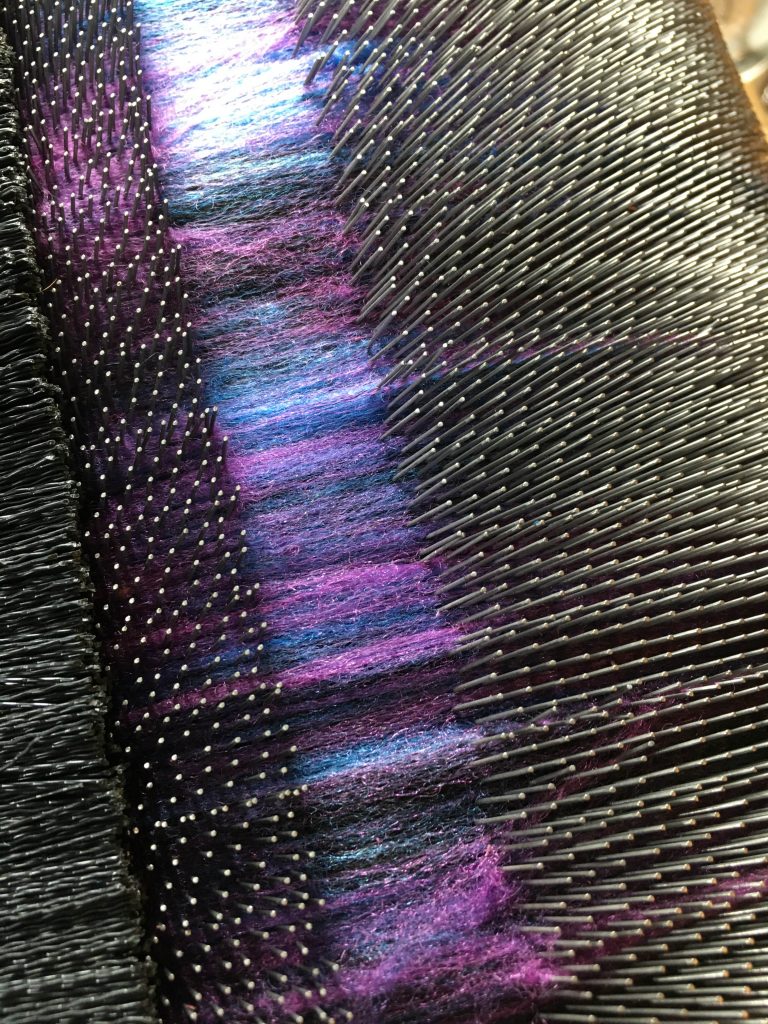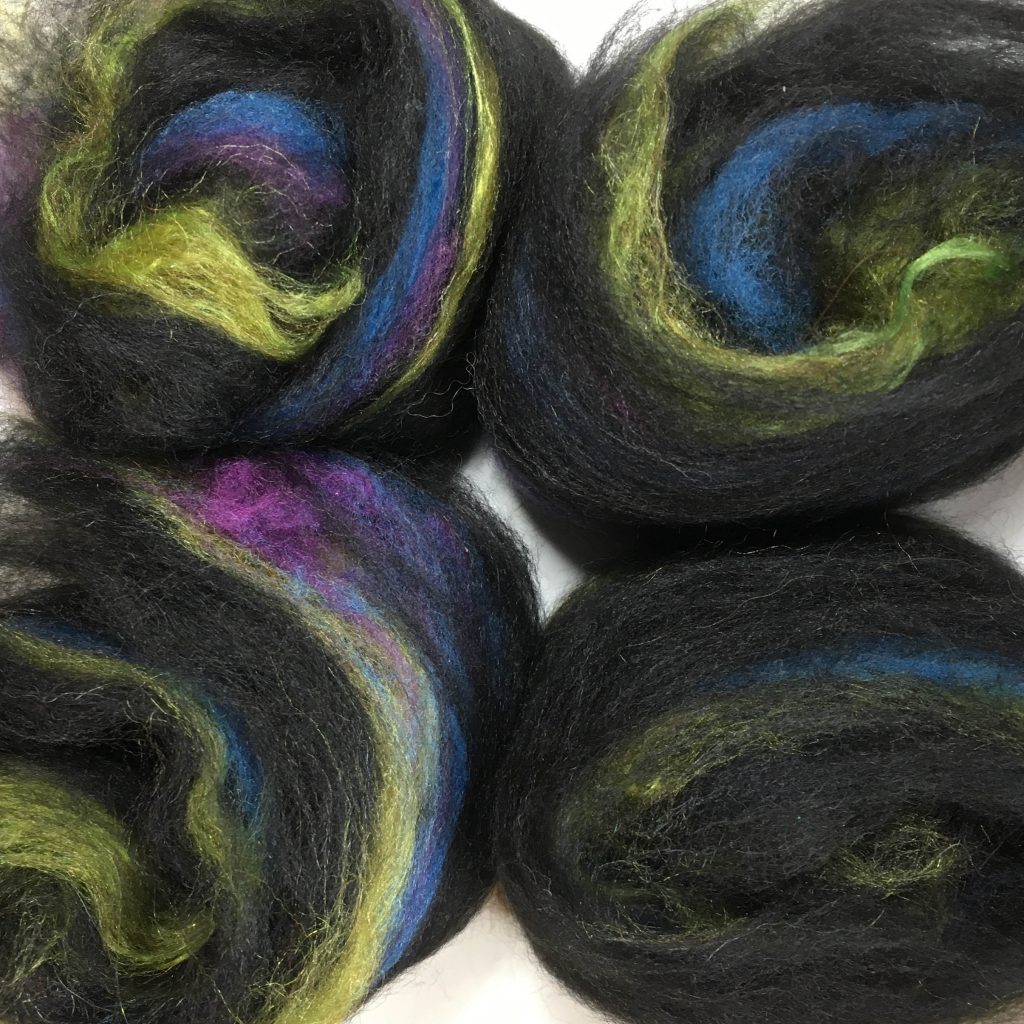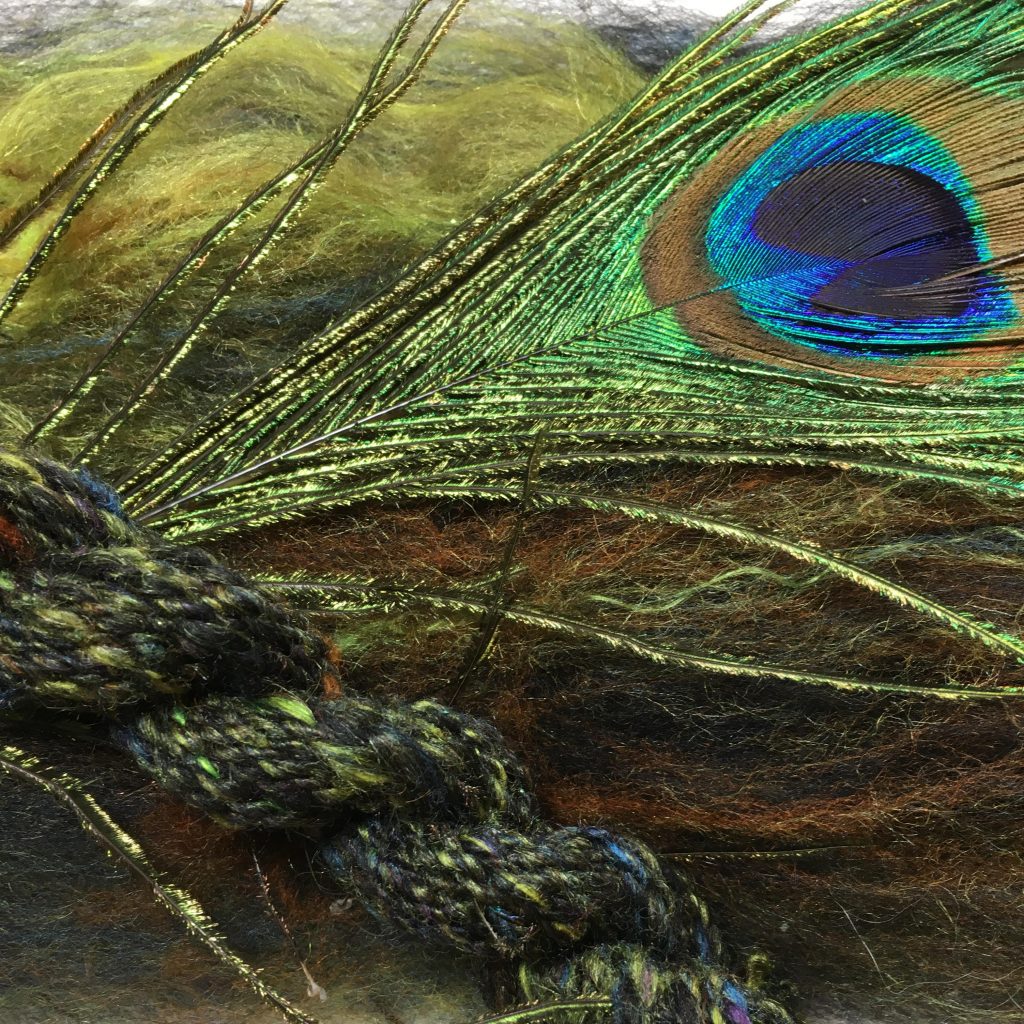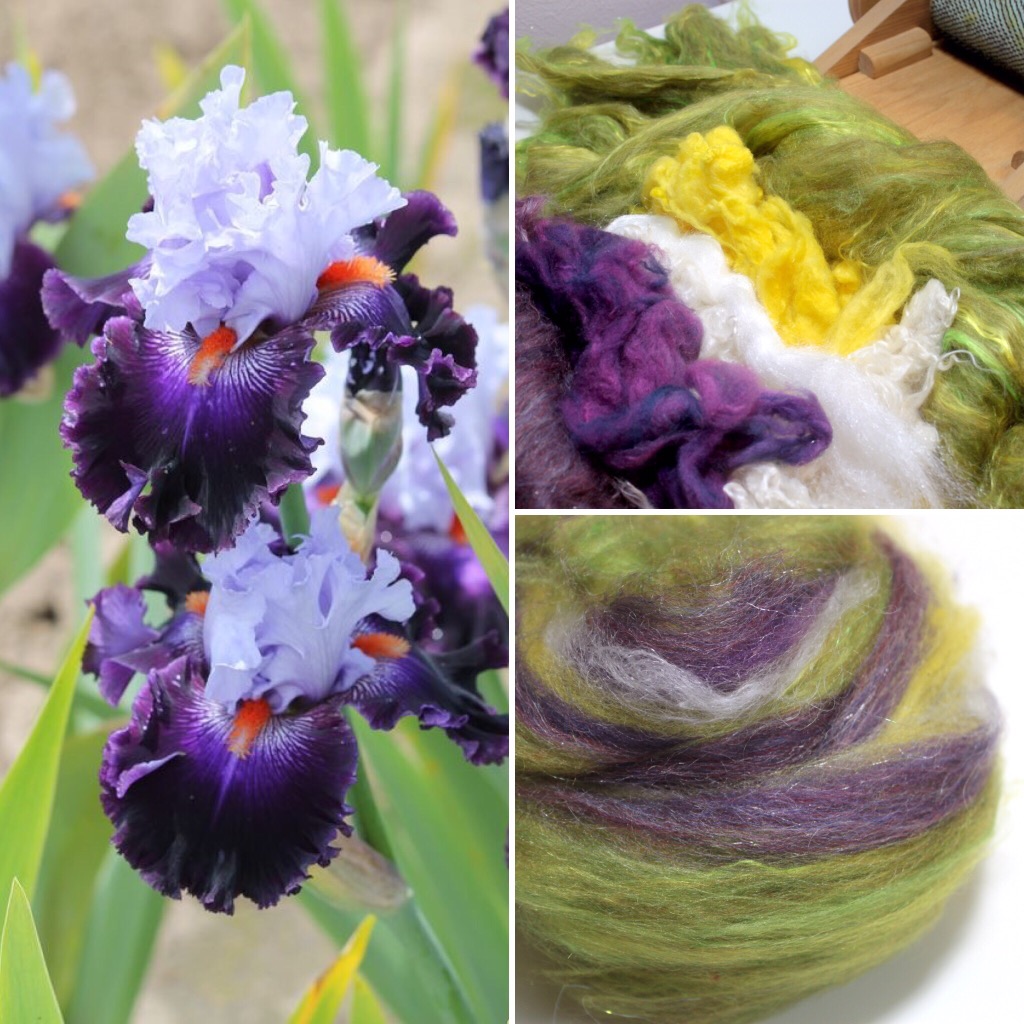
We were so energized by our recent featured fiber artist post about Nicole Frost from Frostyarn, that we decided to card a batt from an inspiration picture!
Our source image came from Pinterest; a picture of purple bearded irises. The purples, greens, and highlights of yellow and white were just begging to be turned into a batt – follow our steps to get similar results at home!
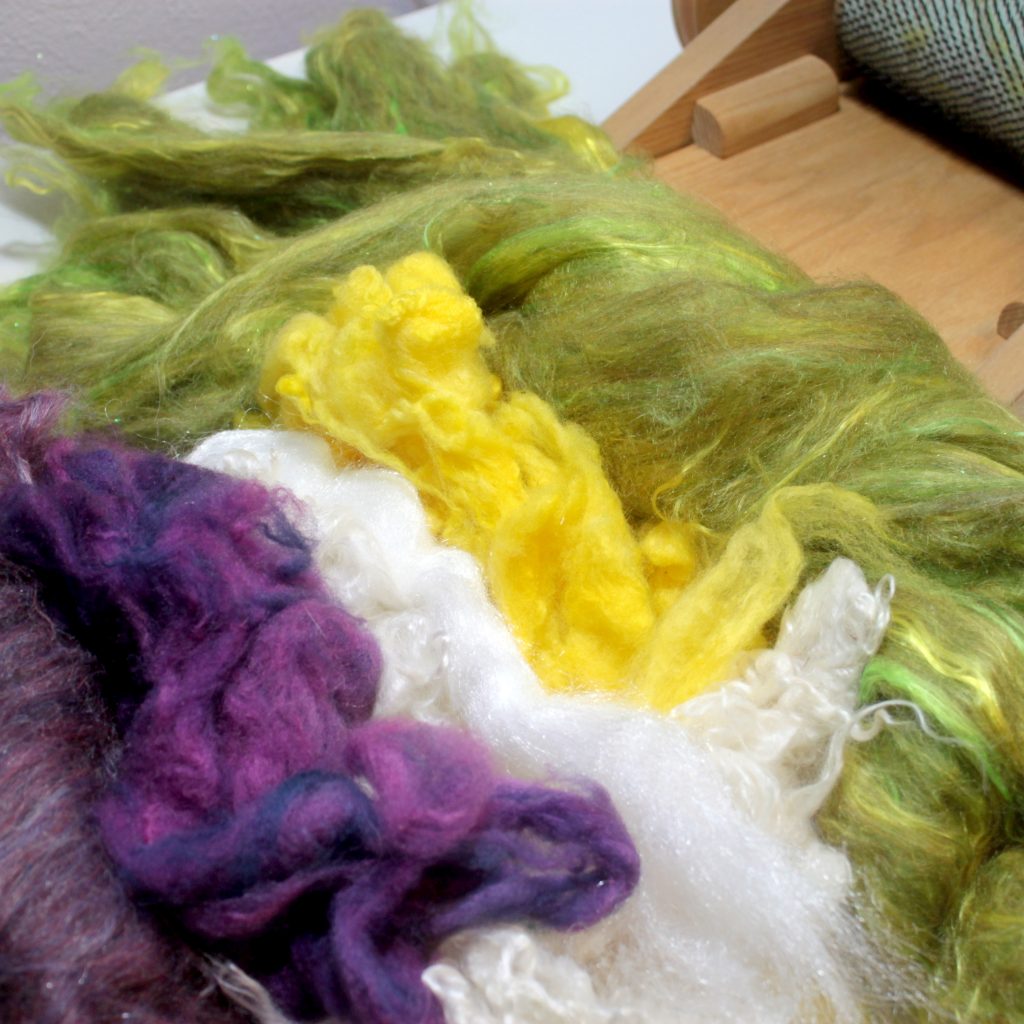
Here’s what you’ll need:
- A Strauch Drum Carder (we used a Strauch Petite)
- 1 ounce of green fiber
- 1/2 ounce of purple fiber (we used a combination of two different shades)
- 1/2 ounce combined weight of yellow fiber, white mohair locks, white “icicle” fiber.
Start by putting down a layer of green fiber, then feed both of the purple fibers into the carder. Then add the “icicle” fiber directly to the large drum. Finally, feed the yellow fiber and mohair locks through the carder.
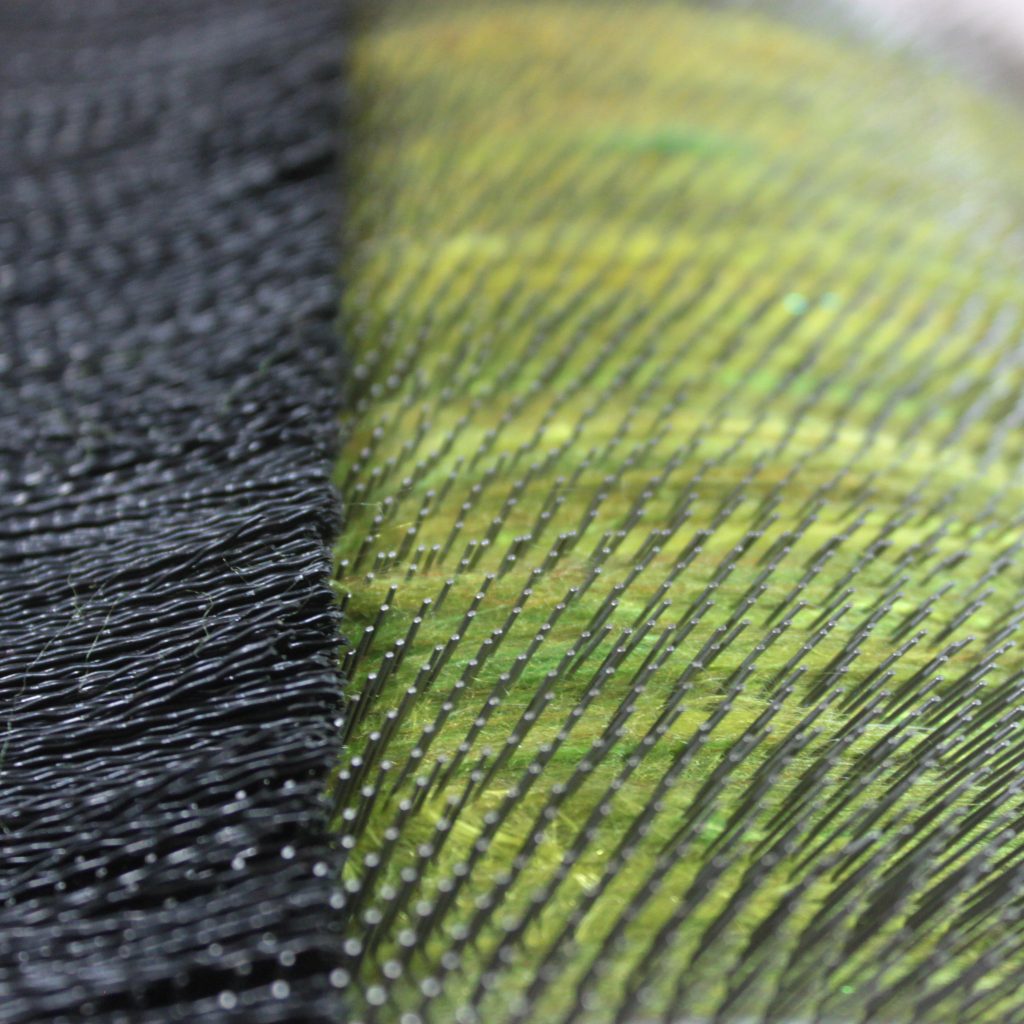
If you want more bold colors in your yarn as you spin, stop here.
If you would like a more blended and impressionistic batt, split this batt into fourths lengthwise, and pass them through the drum carder again.
- First pass through the carder
- Second pass through the carder
This blends the fibers just a bit more, but not so much that you can’t see the individual colors.
Now that spring has sprung, inspiration is everywhere! We’d love to see what batts you’re creating with inspirational photos from nature. Be sure to share your photos with us on Instagram using the hashtag #strauchfiber so that we can reshare them on our feed!

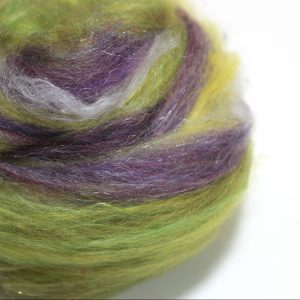
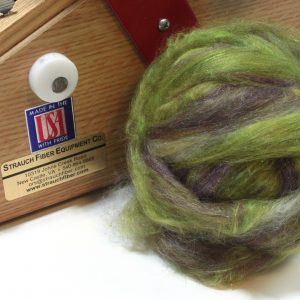
 This industry is filled with amazing and talented artists from all different backgrounds, and it’s always inspiring to get to know them better.
This industry is filled with amazing and talented artists from all different backgrounds, and it’s always inspiring to get to know them better.